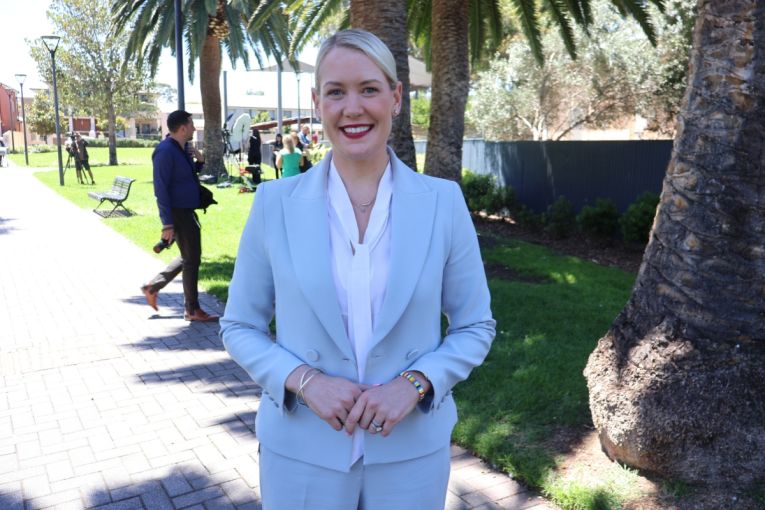Mysterious and endangered KI critters ‘accidentally’ found – in possum boxes
An endangered Kangaroo Island marsupial hard-hit by bushfires has surprised scientists after being spotted in one of the last places they expected.

Kangaroo Island’s endangered dunnarts took a huge hit after the Black Summer bushfires tore through 98 per cent of their habitat.
Before the fires, the population of tiny marsupials on the island was estimated to be around 500. Now, their numbers are unknown, according to UniSA scientist Associate Professor Sophie (Topa) Petit.
“Wild animals are very difficult to count,” Dr Petit told InDaily.
“If they were captured or seen regularly, it would be a good sign.”
Which is why researchers were thrilled by a recent “remarkable” discovery – the small, carnivorous marsupial that was thought to be a ground-dweller, can climb trees.
You might like
The discovery was part of the Kangaroo Island Nest Box Project, a large-scale citizen science initiative led by Dr Petit and Peter Hammond from the Kangaroo Island Research Station.
As part of the project, volunteers deployed more than 400 pygmy-possum boxes and 350 bat boxes to help wildlife recover and to better understand those animals’ nesting ecology following the catastrophic 2019-2020 bushfires that almost destroyed half the island.
“This finding was accidental,” Dr Petit said.
“Our target animals were pygmy-possums and bats.”
Stay informed, daily
| Sponsored |
But, between 2022 to now, the team recorded three separate sightings of the dunnart resting in wooden pygmy-possum boxes attached to eucalyptus trees on a property in Karatta, on western Kangaroo Island.
“Most species of dunnarts are not known to hang out in trees that we know of,” Petit said.
But in one instance, the dunnart was even observed resting on a bed of finely shredded wood – possibly material it had collected itself to form a nest.
Petit said it was an important discovery, “not only because the ecology of this threatened species is poorly known, but also because it is evidence of yet another species using tree hollows, which are very important to biodiversity conservation.”
Hammond agreed.
“The last thing I expected to find in one of our pygmy-possum nest boxes … was a dunnart,” he said.
“It was a wonderful surprise.”
The Kangaroo Island Next Box Project was a finalist for the 2024 Australian Museum Eureka Prize for Innovation in Citizen Science. It has brought together scientists, local landholders and community volunteers to build, install, and monitor hundreds of nest boxes across the island’s fire-affected landscape.








